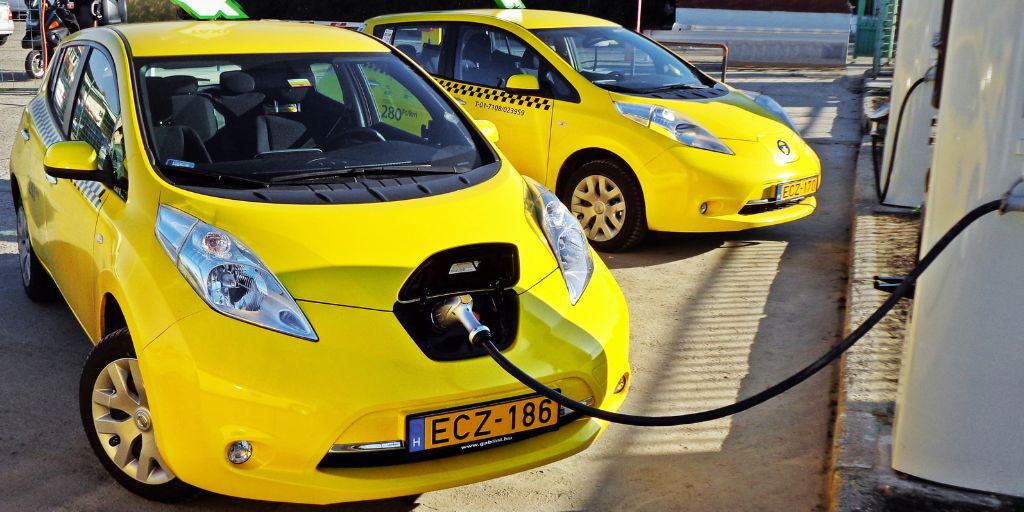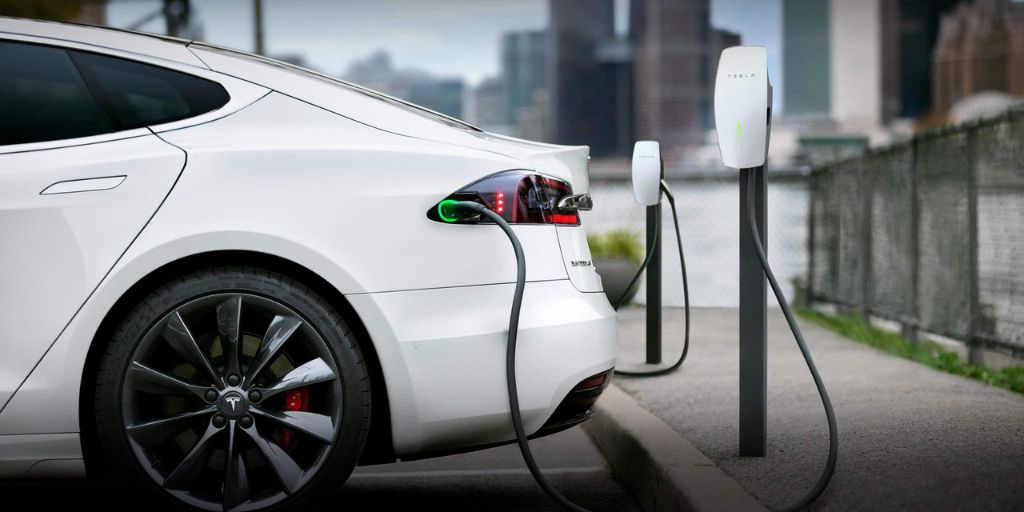Electric vehicles (EVs) have moved from niche curiosity to mainstream marvel in just a decade. Once thought of as limited, impractical city cars, modern EVs now boast long ranges, thrilling performance, and futuristic features that rival—and often exceed—the capabilities of traditional gas-powered vehicles.
As the global auto industry undergoes a seismic shift, technology has played a central role in the rise of EVs. From smart connectivity to autonomous driving, the most exciting aspects of EVs go far beyond the electric motor. Here’s a look at the top tech features fueling the electric revolution.
1. Regenerative Braking
One of the most innovative features unique to EVs is regenerative braking, which recaptures energy typically lost during braking and feeds it back into the battery. This not only extends driving range but also reduces wear on brake components.
Many EVs allow drivers to customize how aggressively regeneration kicks in, with some models enabling “one-pedal driving” — where lifting off the accelerator slows the car significantly without needing to touch the brake.
Benefits:
-
Improved energy efficiency
-
Smoother urban driving
-
Longer lifespan for brake pads
2. Advanced Battery Management Systems (BMS)
At the heart of every EV lies its battery, and modern EVs use intelligent battery management systems to optimize performance, longevity, and safety. BMS technology monitors temperature, voltage, and state of charge in real-time.
This ensures:
-
Efficient charging and discharging
-
Extended battery lifespan
-
Reduced risk of overheating or damage
Some EVs, like the Tesla Model S or Hyundai IONIQ 6, have pre-conditioning features to heat or cool the battery for optimal charging, especially in extreme weather.
3. Over-the-Air (OTA) Updates
Just like smartphones, EVs are increasingly becoming software-driven machines. Leading manufacturers now offer over-the-air software updates, allowing them to remotely upgrade vehicle systems, fix bugs, and even add new features.
Examples:
-
Tesla frequently releases updates that improve range, enhance autopilot features, or introduce new games and UI tweaks.
-
Ford and Rivian push performance boosts and interface updates without dealership visits.
This “living vehicle” concept transforms car ownership into a continually evolving experience.
4. Smart Infotainment Systems
EVs often feature some of the most advanced infotainment systems in the auto world. With large touchscreens, seamless smartphone integration, and voice assistants, these systems are designed to mimic and enhance the smartphone experience.
Common Features:
-
Apple CarPlay and Android Auto (often wireless)
-
Integrated navigation with real-time charging station info
-
Voice commands and natural language assistants
-
Streaming services and internet browsers
Vehicles like the Lucid Air and Mercedes-Benz EQS even include AI-based route planning that factors in traffic, elevation, and charging stops to suggest the most efficient journey.
5. Autonomous Driving Capabilities
While fully autonomous driving is still under development, many EVs already offer semi-autonomous features that make highway driving and parking safer and easier.
Notable Tech:
-
Adaptive Cruise Control: Maintains speed and distance from vehicles ahead.
-
Lane Keeping Assist: Gently steers to keep the car centered.
-
Self-Parking Systems: Automatically handles parallel and perpendicular parking.
-
Hands-Free Driving (Highway): Available in cars like the Ford Mustang Mach-E (BlueCruise) or Tesla (Full Self-Driving Beta).
These features are updated regularly via software, keeping vehicles on the cutting edge.
6. Vehicle-to-Load (V2L) and Bi-Directional Charging
Some EVs now support bi-directional charging, which allows them not only to draw energy from the grid but to supply it as well. With Vehicle-to-Load (V2L) functionality, owners can plug in electronics and appliances directly into the car — essentially using it as a giant portable power bank.
Advanced models like the Hyundai IONIQ 5 and Ford F-150 Lightning go further with Vehicle-to-Home (V2H) or Vehicle-to-Grid (V2G) capability, potentially powering homes during outages or feeding electricity back into the grid.

7. Ultrafast Charging Technology
Charging anxiety has been a major barrier to EV adoption, but that’s changing fast. Modern EVs support ultrafast charging at rates of 150 kW or higher, capable of restoring 200–300 miles of range in about 20–30 minutes.
Innovations Include:
-
800V charging architectures (like in the Porsche Taycan or Kia EV6)
-
Intelligent route planning to suggest optimal charging stops
-
Plug & Charge functionality, where payment is handled automatically when you connect
The combination of faster chargers and smarter battery management is helping EVs rival the convenience of gas stations.
8. Customizable Drive Modes
EVs offer greater flexibility in driving dynamics than gas cars. With a few taps, drivers can switch between performance, eco, and comfort modes, adjusting everything from throttle response to suspension settings.
Some Models Offer:
-
Sport or “Ludicrous” mode for maximum acceleration
-
Snow or off-road modes for difficult conditions
-
Eco+ modes that limit AC or speed for extended range
Because electric drivetrains are inherently flexible, these changes feel more dramatic than in combustion cars.
9. Digital Keys and Remote Apps
Forget traditional car keys. EVs often let you unlock and start your vehicle using your smartphone or smartwatch. With digital keys, owners can grant temporary or permanent access to others — perfect for shared vehicles or valet service.
Remote App Functions:
-
Lock/unlock doors
-
Check battery status and range
-
Pre-condition the cabin (heat or cool remotely)
-
Start/stop charging
-
Locate the car via GPS
Brands like Tesla, Hyundai, and BMW offer full-featured companion apps that turn your phone into a command center.
10. Sustainable Interior Tech
It’s not just the drivetrain that’s eco-friendly. EV manufacturers increasingly use recycled and sustainable materials inside the cabin — from vegan leather to ocean plastic trim. Some models even use plant-based foams and dyes.
This reflects a broader sustainability ethos that goes beyond emissions to embrace the entire lifecycle of the vehicle.
Conclusion
The rapid rise of electric vehicles is not just about cleaner energy—it’s about smarter, more connected, and feature-rich driving experiences. With innovations like regenerative braking, OTA updates, autonomous driving, and bi-directional charging, EVs represent the future of transportation in both form and function.
As technology continues to evolve, EVs will become even more advanced, affordable, and integral to our daily lives. Whether you’re a tech enthusiast, an eco-conscious driver, or simply someone who enjoys cutting-edge features, the electric vehicle landscape has something revolutionary to offer.




